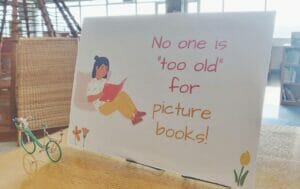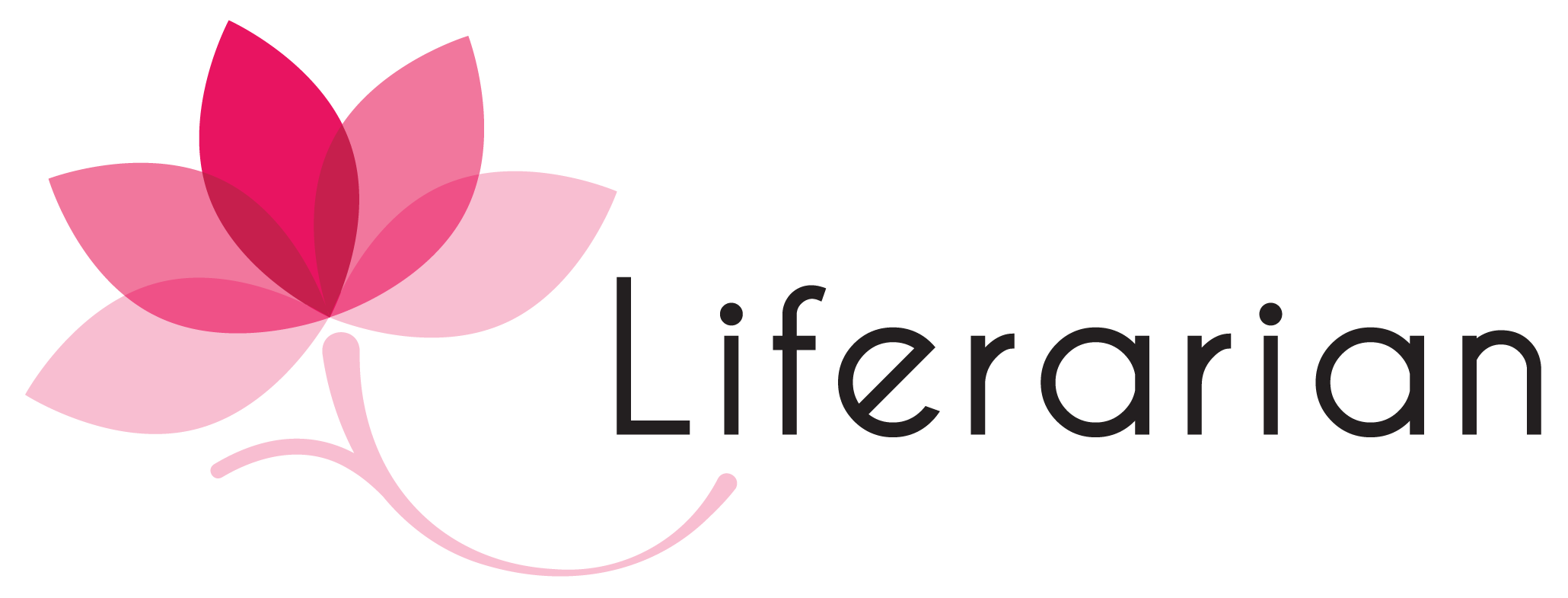My journey into contemporary children’s literature began with picture books. While visiting my family in the United States of America, I went to the local public library to check out books for my then 6-year-old nephew, Vivaan. I was enchanted by the library’s children’s section, which housed books across formats and genres.
One book that particularly charmed me was “Exclamation Mark” by Amy Krouse Rosenthal. While reflecting upon the book, I made a text-to-self connection. Like the main character in the book – The Exclamation Mark, I too was quite ‘confused, flummoxed and deflated’ about my career choice at 22 and was trying to find my voice. In a non-preachy tone, the book subtly delivers the message: be yourself and celebrate your uniqueness. Reading this book gave me the confidence to be myself and go out into the world and make a mark. I wondered why didn’t I have such picture books while growing up. And hence I decided to pursue a career in children’s literature. From the editor’s chair to now donning the teacher-librarian’s hat at Ascend International School, my love for children’s literature has blossomed over the years. I’m a proud advocate for children’s literature, especially picture books.
Many years later, I read aloud the book “Exclamation Mark” to my Grade 1-2 students. While reading the book, a student shared, “When I was younger, I would call the exclamation mark the happy mark.” Another student chimed in, “The book tells us that we all have our strengths even if we are different. But sometimes, we may not even know our strengths.”
“Great children’s books are ‘wisdom dipped in words and art’. These bite-sized bits of wisdom heal the reader, inspire the reader and invite the reader to action.”
– Peter H. Reynolds
I have been deeply inspired by Peter H. Reynold’s picture books, such as The Dot, Ish, and Sky Colour, celebrating creativity and out-of-the-box thinking. When I came across his essay on picture books, I felt that my thoughts were validated.
“The other wonderful ‘secret power’ of picture books is adults who buy them and read them first. While they fully intend on sharing them with their students, children, and grandchildren, they must first absorb the story and its message.”
– Peter H. Reynolds
A good picture book does not speak to only young children. Even older students and adults can enjoy picture books. Recently I spotted a couple of 8th graders quietly reading the picture book “All in one piece” by Jill Murphy during their lunch break in the library. When I asked them why they chose that book, the students shared, “Picture books can have interesting stories. Sometimes you don’t find such stories and themes in novels.”
Apart from chapter books, novels and graphic novels, we have an awe-inspiring picture book collection at the Ascend International School library. At the beginning of the year, many older students would ask if they could read or borrow picture books. There is a generalization in society that picture books are only for young kids and sometimes are even referred to as ‘baby books’.

The Ascend International School Library
Hence I put up this display sign in front of the picture book section.
Picture books do a lot of heavy lifting. They can tackle universal truths that adults wrestle with and try to explain.
– Peter Reynolds
I read aloud “The Rabbit Listened” by Cori Doerrfeld, a beautiful story about navigating hardships and friendship. Post-reading, my Grade 1-2 students came up with various strategies that they can use whenever they get bumped out of their OK zone :
- Count 1-10
- Sip water
- Have an ice cream or something sweet (only sometimes)
- Nap it out (sometimes, when I get really mad at my parents or my sister, I forget what happened on waking up)
- If you have a pet, play with it
- Hug your parents and talk about it if you want to
- Think of your favourite things
- Think from the other person’s side (maybe they didn’t do it on purpose)
“Sometimes it is difficult to control my feelings, but I try because I don’t like hurting other people,” a student added. When asked how they would help a friend feel better, they shared :
- Pat my friend on their back and tell them it is alright
- Give them something they like
- Just be with them and listen if they want to share
Reading aloud is a powerful tool to bring the entire class community together. You can use this shared experience as a provocation or complement your lessons during any class: literacy, math, science, social sciences, social-emotional learning, art, sports, physical exercise and more. A good picture book will hook all kinds of learners. And real learning happens when they are focused and engaged.
In today’s world, where we get instant food deliveries and entertainment on the go, picture books have become more relevant than ever.
“The beauty of a picture book is that it quickly delivers its essence within a few minutes. Big ideas delivered simply and efficiently.” – Peter H. Reynolds
Written by Chandini Shah

